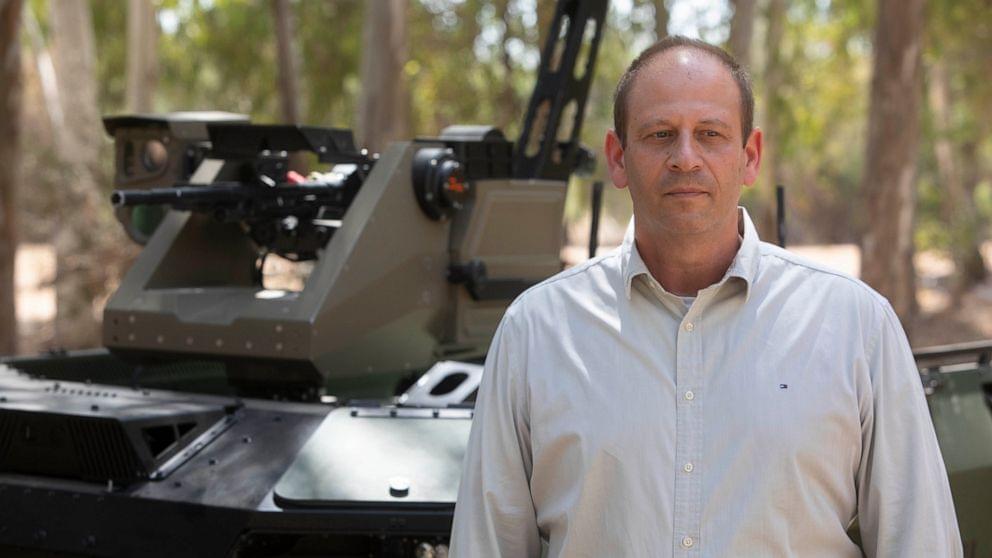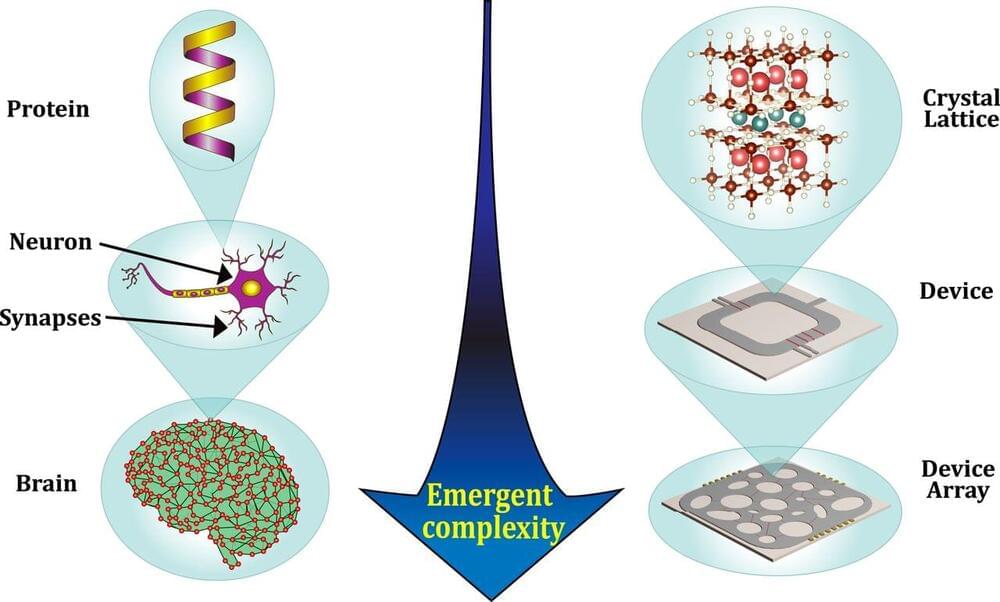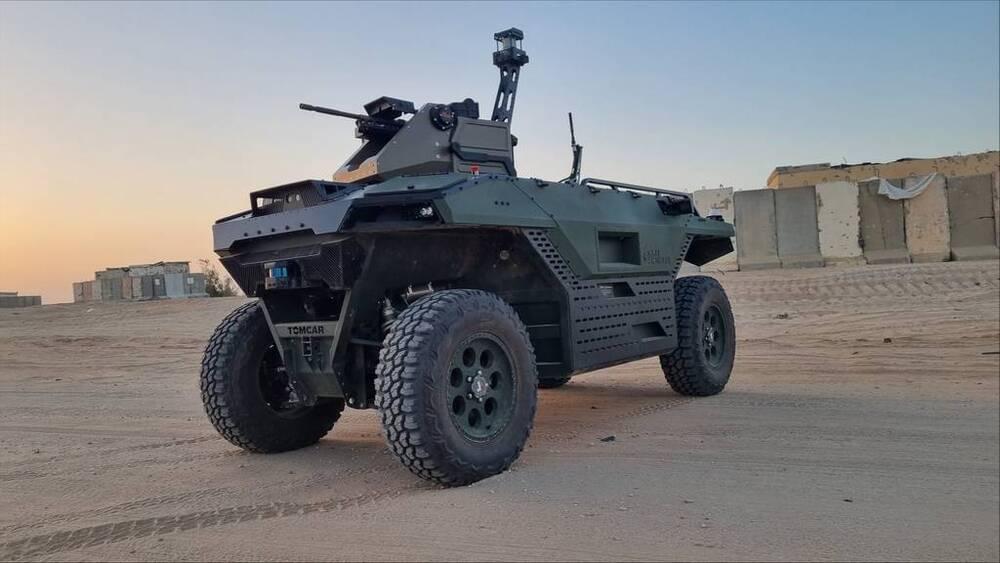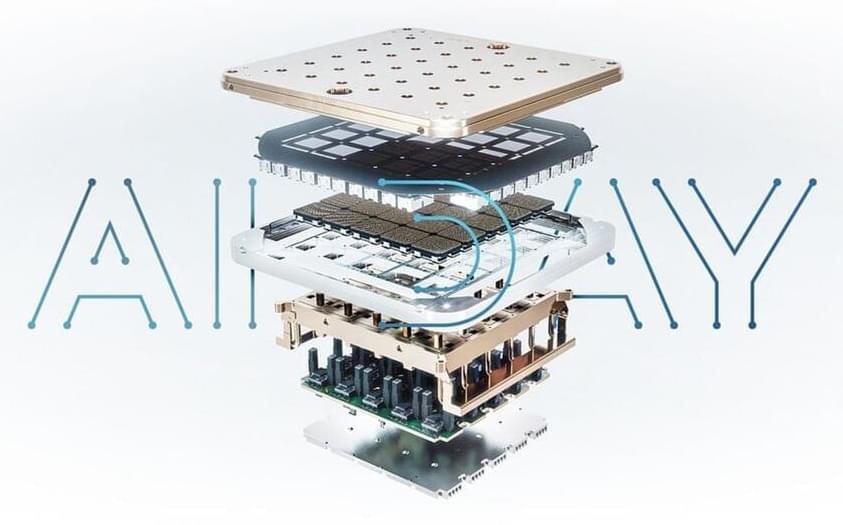LOD, Israel — An Israeli defense contractor on Monday unveiled a remote-controlled armed robot it says can patrol battle zones, track infiltrators and open fire. The unmanned vehicle is the latest addition to the world of drone technology, which is rapidly reshaping the modern battlefield.
Proponents say such semi-autonomous machines allow armies to protect their soldiers, while critics fear this marks another dangerous step toward robots making life-or-death decisions.
The four-wheel-drive robot presented Monday was developed by the state-owned Israel Aerospace Industries’ “REX MKII.”









